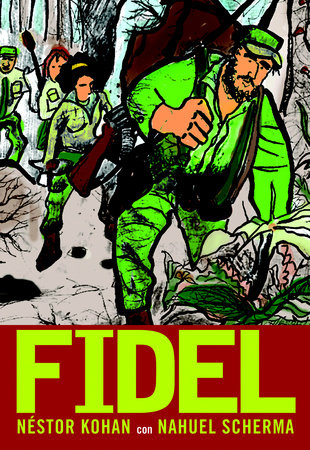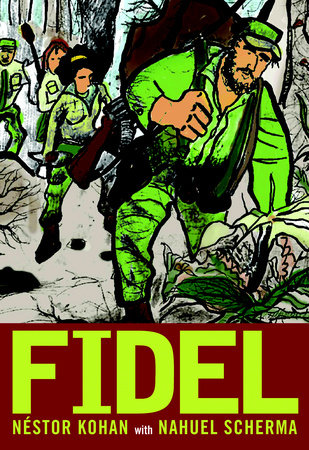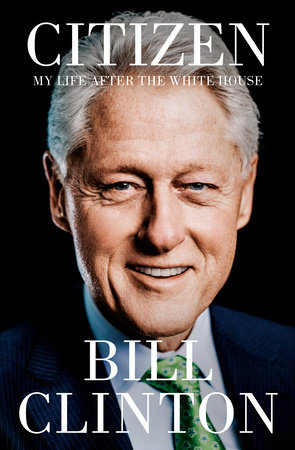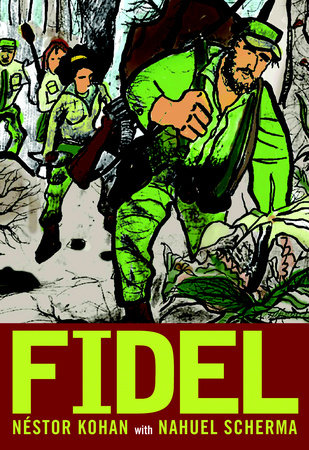

Add to Bookshelf
Fidel
By Nestor Kohan
Illustrated by Nahuel Scherma and Miracle Jones
Translated by Elise Buchman
By Nestor Kohan
Illustrated by Nahuel Scherma and Miracle Jones
Translated by Elise Buchman
By Nestor Kohan
Illustrated by Nahuel Scherma and Miracle Jones
By Nestor Kohan
Illustrated by Nahuel Scherma and Miracle Jones
By Nestor Kohan
Illustrated by Nahuel Scherma and Miracle Jones
Translated by Elise Buchman
By Nestor Kohan
Illustrated by Nahuel Scherma and Miracle Jones
Translated by Elise Buchman
Best Seller

Paperback
$14.95
Jun 01, 2010 | ISBN 9781583227824
-
$14.95
Jun 01, 2010 | ISBN 9781583227824
-
$13.95
Sep 07, 2010 | ISBN 9781583227831
-
Jan 04, 2011 | ISBN 9781609800819
YOU MAY ALSO LIKE
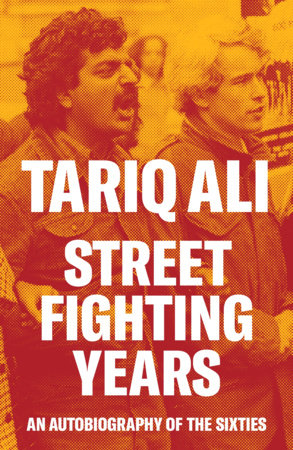
Street Fighting Years
Trade Paperback
$29.95
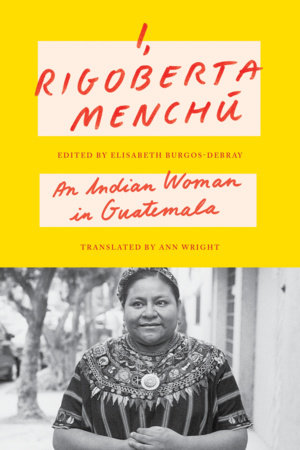
I, Rigoberta Menchú
Trade Paperback Original
$29.95
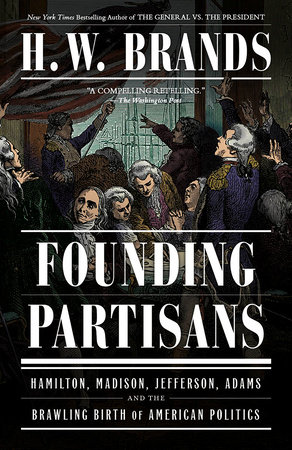
Founding Partisans
Trade Paperback
$22.00
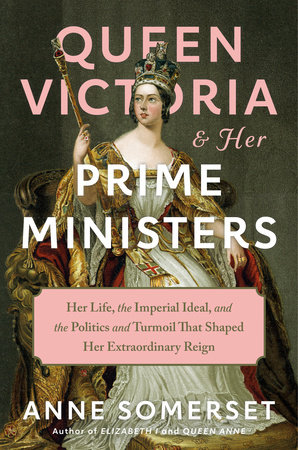
Queen Victoria and Her Prime Ministers
Hardcover
$45.00
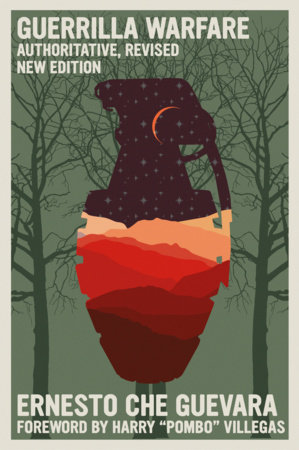
Guerrilla Warfare
eBook
$9.99
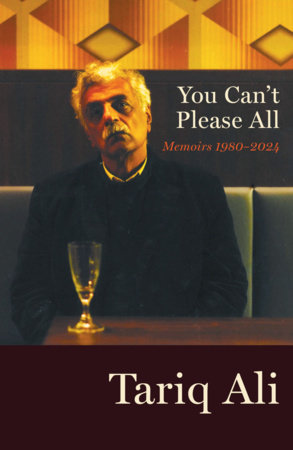
You Can’t Please All
Hardcover
$44.95
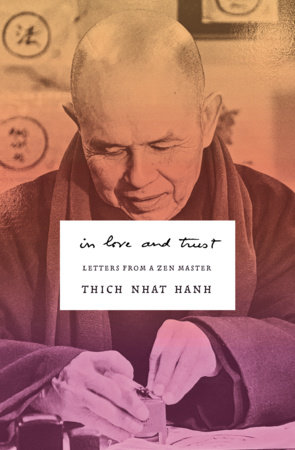
In Love and Trust
Trade Paperback Original
$19.95
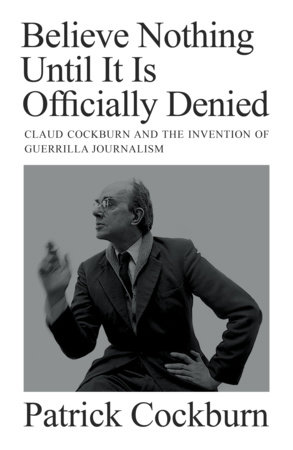
Believe Nothing Until it is Officially Denied
Hardcover
$39.95
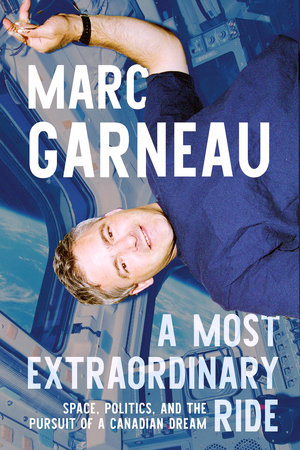
A Most Extraordinary Ride
Hardcover
$30.00
×
Become a Member
Just for joining you’ll get personalized recommendations on your dashboard daily and features only for members.
Find Out More Join Now Sign In






